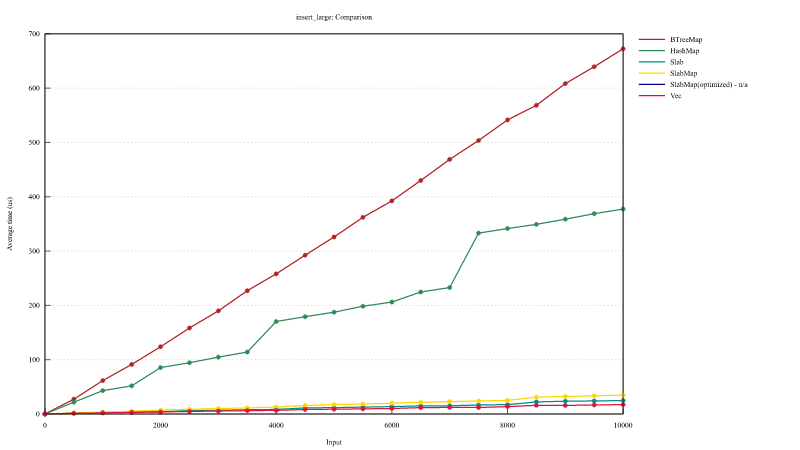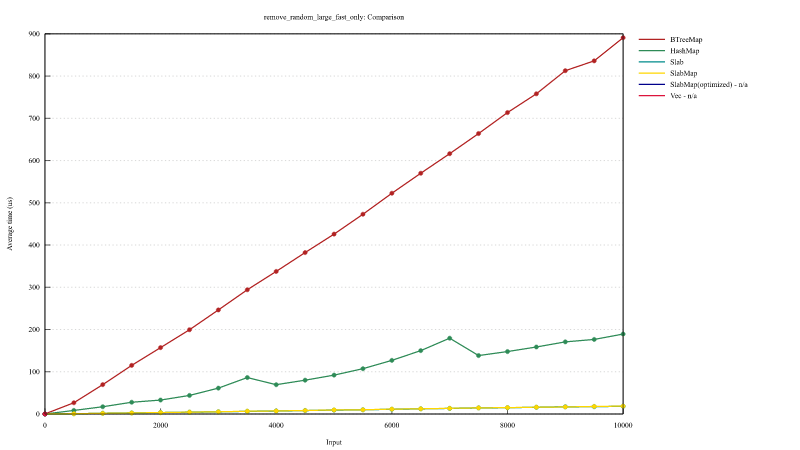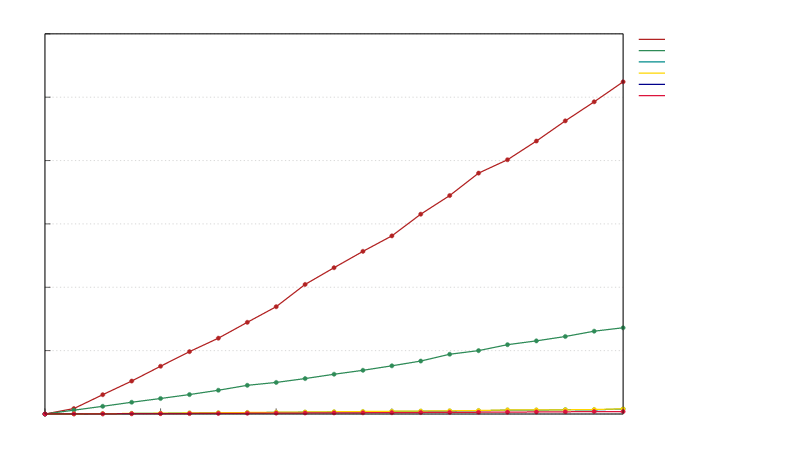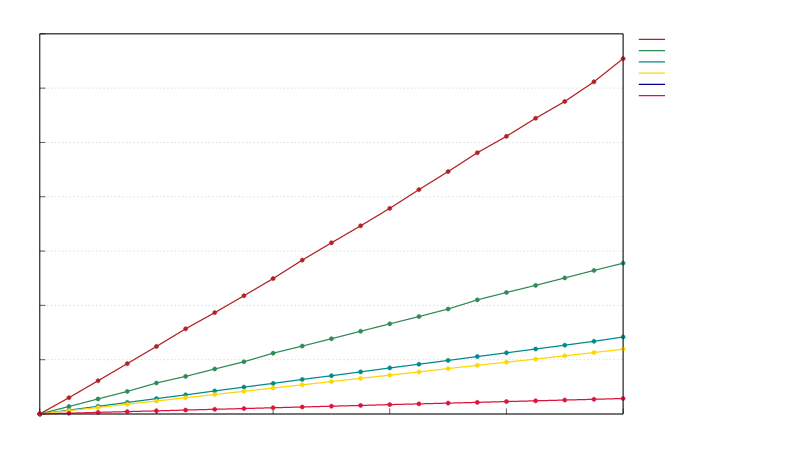4 releases
| 0.2.1 | May 23, 2024 |
|---|---|
| 0.2.0 | Aug 19, 2023 |
| 0.1.1 | Jul 1, 2020 |
| 0.1.0 | Jul 1, 2020 |
#272 in Data structures
339 downloads per month
Used in 9 crates
(6 directly)
35KB
741 lines
slabmap
This crate provides the type SlabMap.
SlabMap is HashMap-like collection that automatically determines the key.
Install
Add this to your Cargo.toml:
[dependencies]
slabmap = "0.2.0"
Examples
use slabmap::SlabMap;
let mut s = SlabMap::new();
let key_a = s.insert("aaa");
let key_b = s.insert("bbb");
assert_eq!(s[key_a], "aaa");
assert_eq!(s[key_b], "bbb");
for (key, value) in &s {
println!("{} -> {}", key, value);
}
assert_eq!(s.remove(key_a), Some("aaa"));
assert_eq!(s.remove(key_a), None);
The difference between SlabMap and HashMap
SlabMapcan only use usize as a key.- The key of
SlabMapis determined automatically. SlabMapruns faster thanHashMap.
The difference between SlabMap and Slab
Carl Lerche's slab crate provides a slab implementation with a similar API.
For both Slab and SlabMap, after adding many elements to the collection, removing many element will reduce iterate performance.
However, unlike Slab, SlabMap can improve iterate performance by calling SlabMap::optimize().
Performance
The following chart shows the difference in performance between
BTreeMap,
HashMap,
Slab(version 0.4.2),
SlabMap(version 0.1.0) and,
Vec,
Insert
Remove random elements
Random access
Sequential access
Sequential access after removing elements from a 10,000-element collection
- x-axis : number of remaining elements
- y-axis : average time (lower is better)
License
This project is dual licensed under Apache-2.0/MIT. See the two LICENSE-* files for details.
Contribution
Unless you explicitly state otherwise, any contribution intentionally submitted for inclusion in the work by you, as defined in the Apache-2.0 license, shall be dual licensed as above, without any additional terms or conditions.
Dependencies
~255–710KB
~16K SLoC




